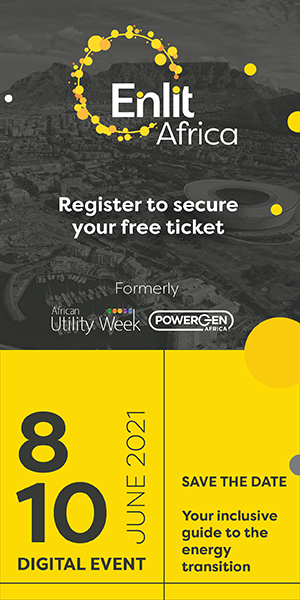- The Western Cape government has joined the organisations calling on the Department of Mineral Resources and Energy to increase the licence-exemption cap for embedded generation plants to be increased from 1MW to at least 50MW.
On behalf of the Western Cape government, David Maynier, Western Cape Minister of Finance and Economic Opportunities, has called for all generation facilities to be exempt from licensing under the threshold in his submission to the proposed amendments to Schedule 2 of the Electricity Regulation Act.
“Increasing the licensing threshold for embedded generation to 50MW or higher and simplifying and finalising the registration process would provide certainty to investors and increase access to affordable renewable energy in South Africa. We remain in an energy crises and large-scale private sector participation in energy generation, in partnership with government will be key to addressing the current shortfall,” said Maynier.
He mentioned the 1.3MW solar PV plant at Old Mutual Park in Cape Town as proof of how the built environment can be adapted to help companies cut their energy costs, become more energy secure and reduce their carbon emissions.
The solar PV plant currently provides around 10% of the commercial complex’s energy needs but their plan to expand to 4.9MW is stalled because the process to register with the regulator is unclear and onerous. “It has taken the developers more than a year to try and obtain a licence, and they are still waiting.”
“Projects like the Old Mutual solar plant are a great example of how private sector investment in renewable energy infrastructure can help to mitigate the medium-term impacts of load shedding and create jobs and grow the economy in the Western Cape,” said Maynier.
Embedded generation should not be seen as competition for Eskom
Maynier’s submission to raise the licence cap to 50MW instead of 10MW echoes that of the Minerals Council, made by CEO Roger Baxter.
“A limitation of 10MW may unlock embedded generation for commercial operations, but it will not enable investment in larger self-generation projects for larger industrial or mining operations. A cap of 50MW will allow for more than 5,000MW of new, mostly renewable electricity to be unlocked through investment by the private sector,” said Baxter.
He pointed out this newly established electricity would not compete with utility Eskom, but could provide desperately needed supplementary supply that could help to stabilise the grid and enable the economy to resume a higher level of growth.
“It is critically important for all South Africans to realise that one of the binding constraints to higher investment and economic growth is that Eskom simply does not have enough reliable electricity generation capacity to keep the lights on, let alone the extra electricity supply needed to support higher economic growth.
“Unlocking 5GW of new electricity supply capacity will not cost the government a cent and will protect up to 80,000 jobs, create up to 70,000 additional jobs, and unlock up to R150 billion in capital investment across the economy. This will go a long way towards easing existing electricity supply constraints in South Africa and unlocking further potential.
“For larger industrial and mining operations, the need to wheel power to capture economies of scale with larger, more cost-effective projects will become increasingly critical. And, if enabled, this could unlock further opportunities for economic and socio-economic growth and development,” said Baxter.
Role of municipalities and the private sector in generation electricity
Maynier also called for further clarity on the potential role of municipalities, and the role of the private sector, as generators and distributor of renewable energy to residents and businesses, “particularly as it relates to energy trading opportunities under the proposed amendments”.
He said clarity was critical to the success of the Western Cape’s Municipal Energy Resilience Project which seeks to support municipalities to take advantage of the energy regulations to generate, procure and sell their own power so the province could become more energy secure.
“The renewable energy sector in South Africa has the potential to attract much-needed investment that creates jobs. The amendments are a step in the right direction, but I also urge the Minister of Mineral Resources and Energy, Gwede Mantashe, to ensure that the proposed amendments to the Electricity Regulation Act simply the current regulatory challenges to unlock these opportunities.
“We urge Minister Mantashe to implement our proposed changes, increase the limit to at least 50MW and decrease red tape within that threshold. If done correctly, this will unlock huge latent potential in the renewable energy sector,” said Maynier.
Author: Theresa Smith
 Theresa Smith is a conference producer for Clarion Events Africa.
Theresa Smith is a conference producer for Clarion Events Africa.
This article was originally published on ESI Africa and is republished with permission with minor editorial changes.














1 Comment
What is the source for the “unlocking 5GW of new electricity supply capacity will not cost the government a cent and will protect up to 80k jobs, create up to 70. $150billion”